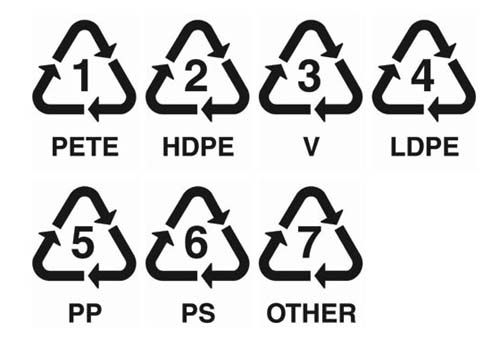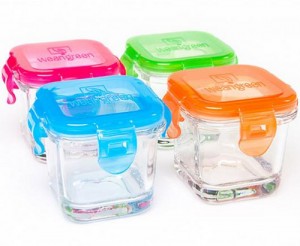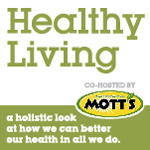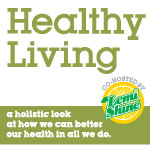
Last week, I tackled the slippery topic of what’s in our drinking water. Naturally that got me thinking about well, if my water is the best it can be, then what am I drinking it out of?
 After having my first child five years ago, BPA was not even in our lexicon. Fast forward two years and it was ALL I heard about when preparing to buy baby items for my second child. So what is BPA exactly and what if, heaven forbid, I drink out of a plastic cup?!? I put on my investigative hat and this is what I found out about plastics:
After having my first child five years ago, BPA was not even in our lexicon. Fast forward two years and it was ALL I heard about when preparing to buy baby items for my second child. So what is BPA exactly and what if, heaven forbid, I drink out of a plastic cup?!? I put on my investigative hat and this is what I found out about plastics:
– What is BPA? Bisphenol A (BPA) is an industrial chemical used to make polycarbonate plastic resins, epoxy resins, and other products. You find it in a plastic number “7” (not all 7’s have BPA, however). (Practically Green)
– Why is it dangerous? BPA has been shown to cause reproductive and developmental effects in animal studies. There has been major concern about BPA because humans have above those tested levels in their systems. It is also known that exposure to BPA is continuous which is very problematic. (Wikipedia)
– In 2010, the EPA (Environmental Protection Agency), the FDA (Food & Drug Administration), the EWG (Environmental Working Group) and hundreds of other agencies all published reports saying BPA was horrible for the environment as well as our health. There has been a massive study of the effects this drug has on the environment and the report has not been published yet (WebMD).
– Where is BPA mostly found? Plastic bottles, liners of food cans, feeding cups, cash register receipts, some baby bottles, dental devices, sports equipment and so much more. And PS- just because an item says it is BPA free, doesn’t mean it is safe to eat from either.
– So what, if any, plastic is safe? Plastics that are marked with recycle codes 4 and 5 seem to be the safest options out there. Some, but not all, plastics that are marked with recycle codes 3 or 7 may be made with BPA. Check out this handy PDF for more detailed info.
 What’s a mom to do when she wants to store that pasta from dinner for tomorrow? Glass containers. I know it’s tough to reconcile using glass around small children but I have discovered this great manufacturer who makes a great shatter-proof glass that is used for food storage: Wean Green.
What’s a mom to do when she wants to store that pasta from dinner for tomorrow? Glass containers. I know it’s tough to reconcile using glass around small children but I have discovered this great manufacturer who makes a great shatter-proof glass that is used for food storage: Wean Green.
And my general rule of thumb is this: “Avoid heating plastics, leaving them in the sun, putting hot materials in them or putting them through other stresses if you’re planning to eat or drink their contents.”
So there you have it folks! Now I know how to ID clean water and what plastics I should avoid to drink it out of. I keep learning something new everyday!
What about you? What green thing have learned about recently you’d like to share?
__________________________________________________
Like what you see? Here are some more Green Parenting columns:
___________________________________________________



